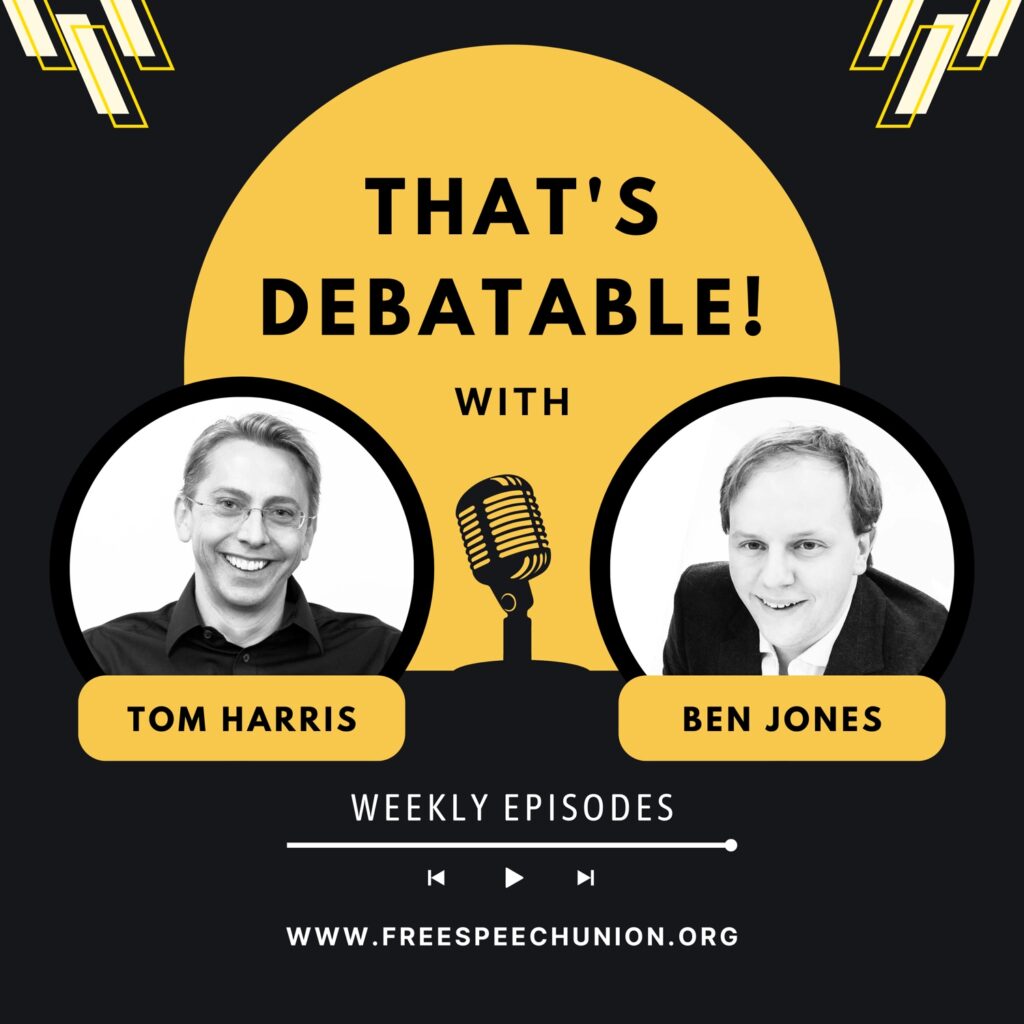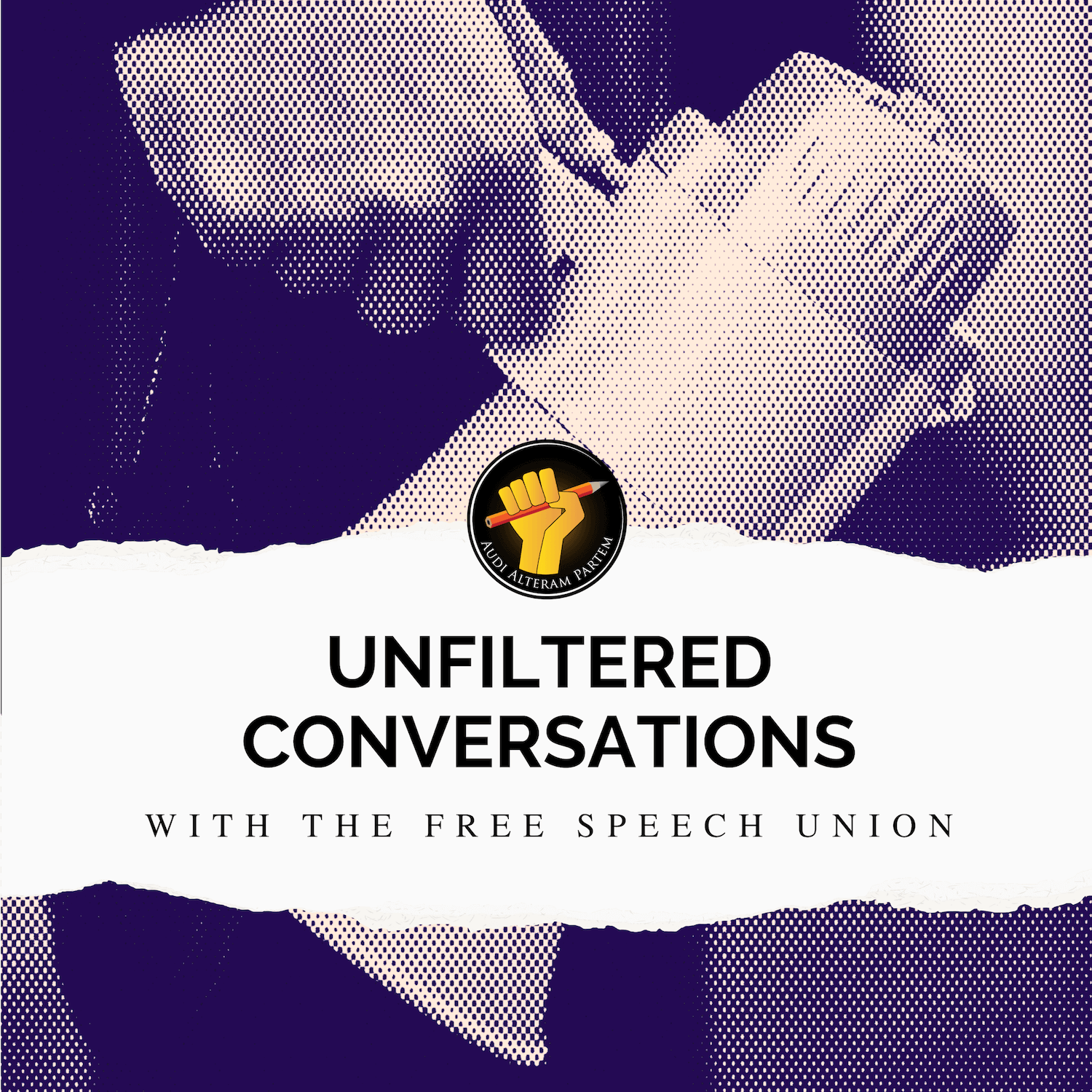More than 100 people have been arrested in riots following the fatal stabbing of three young girls in an attack on a dance class, writes Paul Reilly for The Conversation.
Suspected supporters of the far-right English Defence League violently clashed with police officers after a peaceful vigil in Southport on Tuesday, despite pleas for calm from the victims’ families.
Politicians, including Southport MP Patrick Hurley, have suggested that the violence was due to “lies and propaganda” spread on social media after the attack about the identity of the alleged attacker.
A 17-year-old male has been charged with three murders and ten attempted murders. Online platforms like TikTok and X (formerly Twitter) were quickly flooded with false information about the perpetrator’s identity. At the time, police had only confirmed that he was born in Cardiff. But many posts included an incorrect name, and claimed incorrectly that he was a Muslim asylum seeker who had arrived in the UK via small boat in 2023.
Online platforms have often been blamed for civil unrest, including after the stabbings in a Sydney mall in April 2024.
We are also now approaching the 13th anniversary of the English riots where some politicians called for the temporary shutdown of Facebook and Twitter to quell the violence. But a study analysing millions of related tweets found that social media was not used to organise or incite the riots.
The impact of social media on incidents of civil unrest is often overstated. There is little evidence that misinformation persuades law-abiding citizens to engage in rioting. This is corroborated by my research into social media and contentious parades and protests in Northern Ireland.
From the 2013 union flag protests to the anti-Northern Ireland protocol rallies in April 2021, social media was used to organise loyalist street protests that led to clashes with police.
In both cases, online platforms were used to share rumours, mis- and disinformation that inflamed tensions. Yet, most of the online activity I have analysed over the past decade followed rather than preceded riots. And it was dominated by distant onlookers, not those able to influence events on the ground.
We can’t blame social media on its own without looking at the root of these tensions in the first place. It is expedient for politicians to blame online platforms rather than acknowledge their role in producing a toxic political discourse in relation to asylum seekers and immigration.
If political leaders are serious about avoiding further violence, they should start by moderating their own language.
Worth reading in full.






